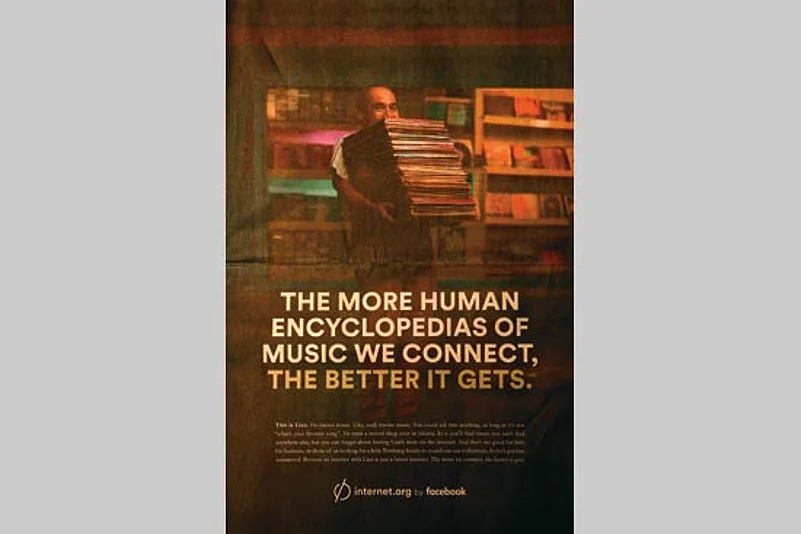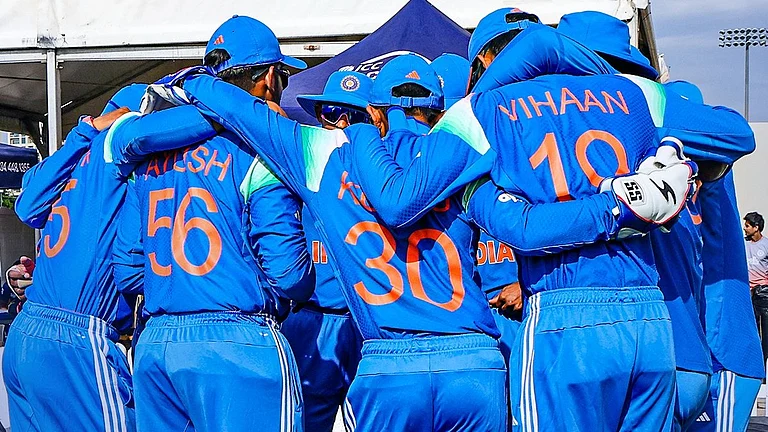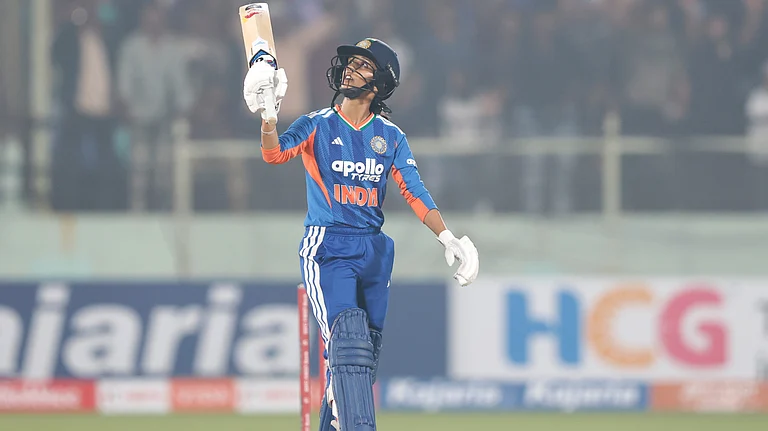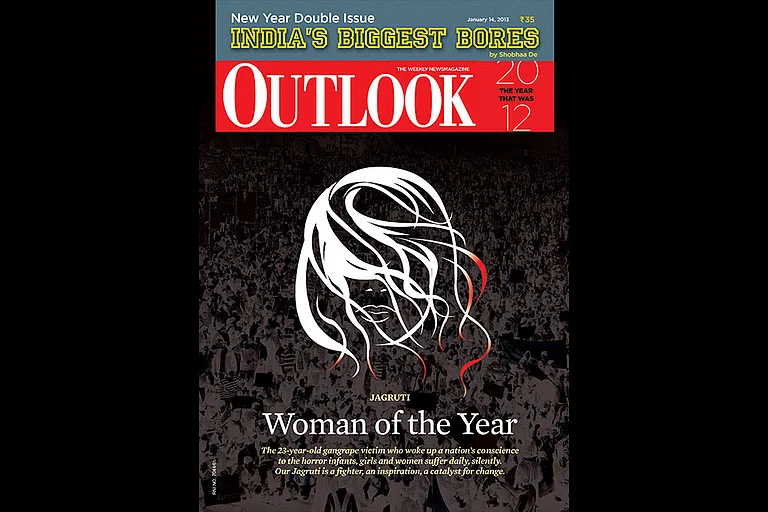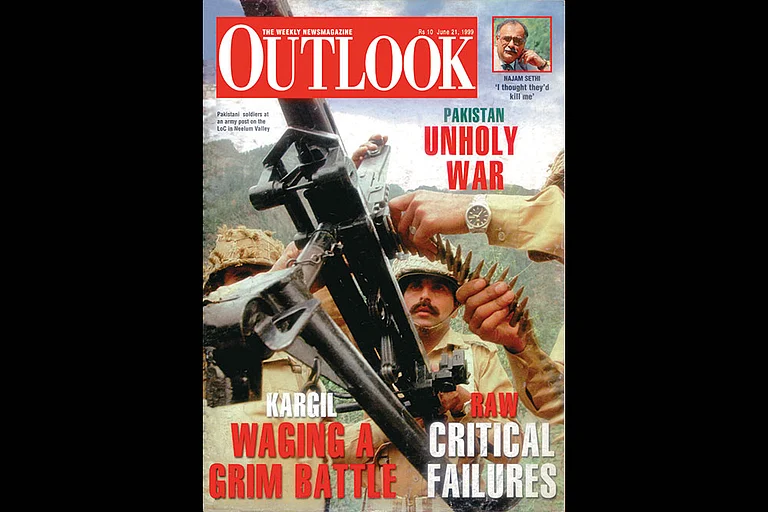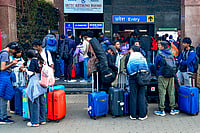I uploaded my tricolour display picture on Facebook after Modi said it was in support of Digital India. Now they’re telling me that I actually support something called internet.org! What’s going on?
Right. Soon after hundreds of thousands of Indian FB users started changing their profile pics in the millions, it was discovered that the picture in fact had an embedded code to support a controversial initiative called internet.org by default. So every time you edited your profile pic, it was considered a ‘Yes’ to support internet.org. This raises bigger concerns over net neutrality and free and stable internet access to all, a debate which has been raging in our country for months now.
But didn’t FB apologise?
They did issue a statement saying this was simply a misunderstanding and that an engineer had mistakenly used the words ‘internet.org profile picture’ as a shorthand name he chose for part of the code.
Yeah, sure, I buy that. Now tell me, how does internet.org affect me?
Simply put, internet.org, which has now been branded as “Free Basics”, is a service FB provides that offers existing mobile users free but limited access to the internet. Facebook signs up with certain websites and internet service providers to provide free connectivity to people. These websites are then required to make a simpler version of their service which can be available to users through FB’s proxy server on a new, special web browser.
Why would they do that?
Facebook says the main aim behind internet.org is to provide free internet to places and countries where cost of data usage is often very high.
That sounds pretty convincing. What’s wrong with that?
The platform works on a sign-up basis. Users can only access websites which have collaborated with Facebook. This means that for people who use only internet.org, the internet does not exist beyond these websites. So say if Twitter does not sign up with the platform, users of internet.org might not even know what Twitter is. Secondly, all users have to log in to Facebook to access the platform. This means no activity on internet.org is private and FB can access any part of your online interaction anytime. All in all, it is a walled garden controlled tightly by Facebook.
But it’s free...
Users will not be charged as long as they access websites available only on this platform. But once they follow a link from this platform to any other website or watch a video or open a picture—they will be charged for data access.
I get it. But surely for a country where so many people don’t have access to the internet, this works...
In the internet.org model, the platform is tightly controlled by Facebook, which decides whether your service is allowed on the platform or not. This makes it a gatekeeper which monitors all the website data. Moreover, this process of selection is not transparent and can very well be driven by monetary incentives, including certain websites and excluding others.
Also, in saying that something is better than nothing for the poor, we are assuming that the poor, just because they cannot pay, should be provided a substandard form of the internet. Efforts should instead focus on making internet as a whole available to all, not simply a part of it.
So if not internet.org, what is the alternative to give net access to the poor?
Contrary to what most internet.org supporters will have you believe, there are actually several alternatives to provide free data to people who cannot afford it. Mozilla, for example, has partnered with communication service providers Orange in African and West Asian countries: free net services are given to users who purchase an affordable phone.
Another company, Jana.com, is reimbursing app users with data packages for downloading their app. This data can be used anywhere on the internet, unrestricted. Other companies show ads in return for data to users. Here, if users see a 20-second ad, they get free data of a certain amount on their mobile.
What is the government doing for net neutrality in the country?
The government has appointed a DoT committee and a parliamentary standing committee in addition to TRAI to deliver a comprehensive report on net neutrality. While we still don’t have a law in place, the government has assured the public that in principle, it is in support of net neutrality.
So why is everyone upset?
As of now, there has been no express statement by Modi to suggest his government’s alignment with internet.org. That said, the issue of net neutrality remains highly debated in India. Unlike the United States which recently finalised a comprehensive net neutrality law, the Indian government has still not reached a consensus on the nuances of the issue. Modi’s recent visit to the FB HQ and the tricolour DPs have raised concerns over his alignment on the issue.
So, in conclusion, Digital India and internet.org are different, right?
Digital India promises to computerise all government services and send them to citizens via online initiatives. It will avowedly get you internet access, e-governance and even electronic manufacturing. Now, thanks to all the confusion, the Indian government has publicly distanced itself from the internet.org initiative in the country.






